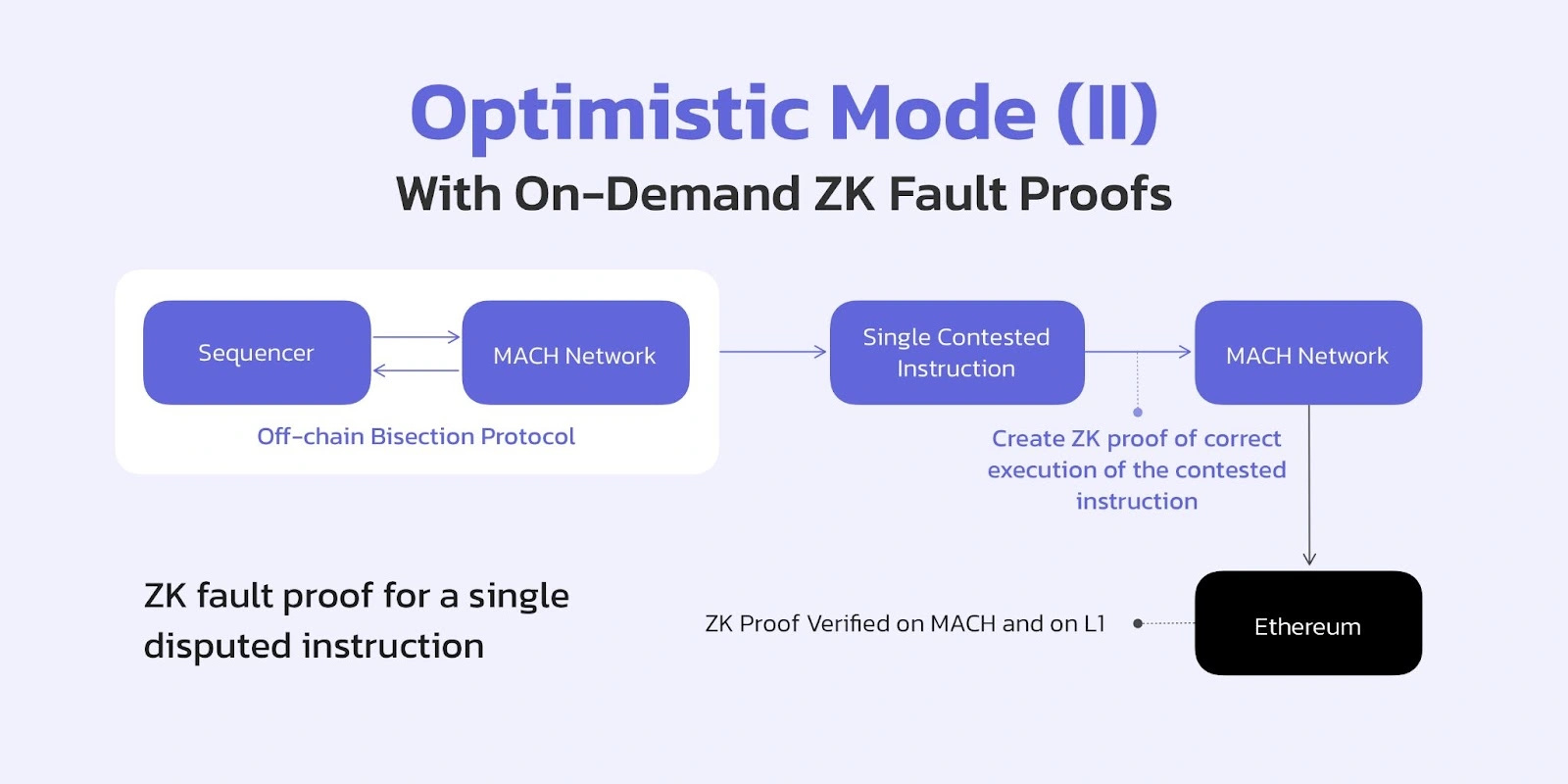Read
Edit
History
Notify
Share
AltLayer
AltLayer is a decentralized Rollup-as-a-Service (RaaS) protocol that provides highly scalable Layer 2 solutions for blockchain applications. It introduces a new idea of restaked rollups, which merges the simplicity of creating rollups with popular stacks with the effectiveness of EigenLayer's restaking mechanism. [1]
Dr. Yaoqi Jia is the founder of AltLayer.
Overview
Introduced in November 2022, AltLayer is a decentralized Rollup-as-a-Service (RaaS) protocol that provides highly scalable Layer 2 solutions for blockchain applications. As a temporary extension layer built on Optimistic Rollups, AltLayer connects Layer 1 and Layer 2 networks like Ethereum, Solana, Arbitrum, and Optimism. It offers multi-chain and multi-VM support, elastic rollup technology, code-free deployment, and decentralized coordination to address issues like on-chain congestion and high transaction fees. Developers can deploy application-specific Rollups within minutes using AltLayer's launchpad or control panel, simplifying the creation of a Rollup service platform. [1][2]
Technology
Restaked Rollups
AltLayer introduces the concept of restaked rollups to enhance security, decentralization, interoperability, and fast finality for existing rollups spun from various stacks like OP Stack, Arbitrum Orbit, ZKStack, and Polygon CDK. Restaked rollups leverage EigenLayer's restaking mechanism to bolster network security and establish decentralization, with three Actively Validated Services (AVSes) providing state correctness verification, faster finality, and decentralized sequencing: VITAL, MACH, and SQUAD. [1]
VITAL
VITAL serves as a verification layer for rollups, comprising a network of AVS-registered operators responsible for validating proposed new states by SQUAD operators. Using a bisection protocol, these operators identify invalid state roots and can challenge SQUAD operators. Additionally, VITAL can employ optimistic ZK proofs, where operators demand SQUAD operators to create a ZK proof for disputed state roots instead of initiating a bisection protocol. Another operational mode involves verifying intermediate proofs without requiring interaction with an L1. VITAL is critical as MACH AVS utilizes it to establish a fast finality layer. [3]
VITAL involves a network of operators tasked with verifying new states. VITAL offers a more robust confirmation compared to pre-confirmation by a rollup sequencer. This ensures assets can be instantly withdrawn, enhancing transaction security and efficiency. [3]
MACH
MACH introduces a fast finality layer for Ethereum rollups to address their slow finality. Important considerations for MACH include fast confirmation of rollup transactions, crypto-economic security to handle potential malicious network participants, and support for both ZK and optimistic rollups. Additionally, MACH is designed to be versatile enough to accommodate various proof systems and runtimes. To ensure finality, the MACH network verifies the validity of a rollup state, ensuring correct execution of the state transition function by rollup operators. MACH supports three state validity modes to achieve this goal: [4]
- Pessimistic Mode: In the pessimistic mode, every transaction is initially considered invalid by default, necessitating a replay. Consequently, the rollup operator submits transaction data directly to the MACH network, which re-executes the transaction and achieves consensus on the validity of the proposed state. Although this mode is straightforward, its efficiency is limited as MACH essentially functions as a network of full nodes for the rollup, leading to substantial node requirements.
- Optimistic Mode: In this operational mode, the rollup operator declares a state claim on MACH, affirming that executing a particular block of transactions results in a specific state commitment. Subsequently, any node within the MACH network can challenge this claim and demonstrate the invalidity of the new state by initiating a bisection protocol with the rollup operator.
- Validity Proof Mode: In this mode, the MACH network functions as a decentralized verifier network for validity proofs. The rollup operator, such as a sequencer, commits to a new set of transactions and the resulting state and validity proof on MACH. Subsequently, the MACH network verifies and achieves consensus on the validity of the proof. Despite the explicit utilization of validity proofs, this mode is also compatible with optimistic rollups. With optimistic rollups, any designated prover with the appropriate incentive (outside of MACH) can generate proof of validity and submit it to the MACH network, which then verifies and achieves consensus on the validity of the proof
SQUAD
SQUAD functions as a network of nodes open to all EigenLayer AVS operators. It functions as a full-fledged blockchain with WASM and EVM runtimes. These nodes, termed validators akin to any PoS network, join the SQUAD network and can begin registering sequencing needs from rollups and pairing them with sequencers. [5]
Rollups-as-a-Service (RaaS)
AltLayer offers an accessible Rollups-as-a-Service (RaaS) launchpad, enabling rapid deployment of customized rollups across multiple chains and VM environments. Additionally, AltLayer introduces ephemeral rollups, allowing for quick deployment of application-specific rollups that can be settled on Layer 1 when no longer needed, fostering experimentation while remaining open and permissionless. [1]
Versatile Rollup Stack
AltLayer facilitates compatibility with various prominent rollup stacks, data availability layers, settlement layers, decentralized sequencer sets, and interoperability bridges. The platform collaborates with key partners such as Optimism, Arbitrum, Polygon, zkSync, EigenLayer, Celestia, and Hyperlane. This enables AltLayer to provide various modular rollup solutions, allowing developers to integrate different options according to their needs. [6]
No-code Dashboard
AltLayer features a user-friendly no-code dashboard designed to aid experienced developers and those with limited coding knowledge to create a tailored execution layer in just five minutes with minimal effort. The dashboard offers customization options, including network-level parameters like the number of sequencers, chain-level settings such as block gas limit and contract size, and middleware solutions like bridges and RPC providers. Users can configure these parameters through simple clicks, streamlining the process of setting up a customized execution layer to suit their specific requirements. [6]
FlashGPT
FlashGPT, utilizing OpenAI's GPT-language model, offers developers an easier approach to writing and deploying Solidity smart contracts with ease and security. This tool, introduced in April 2023, aims to simplify the smart contract development and deployment process, particularly for those new to the space. [7][8][9]
Moreover, FlashGPT facilitates the deployment of generated contracts across a diverse array of Layer 1 and Layer 2 networks, including Arbitrum, Ethereum, Gnosis, Polygon PoS, Polygon zkEVM testnet, Optimism, and Scroll alpha testnet. Notably, the tool is integrated with AltLayer's Rollup-as-a-Service solution, allowing for deployment on an application-specific Layer 2, known as the flash layer, provisioned by AltLayer. This integration enhances accessibility and encourages exploration within the decentralized application development space, catering to developers with varying experience levels. [7][8][9]
ALT Token
ALT is AltLayer's native utility token. It has various roles within the ecosystem. It serves as an economic bond, employed alongside restaked assets to provide economic stake, with the risk of slashing in case of malicious behavior detection. Additionally, ALT holders have governance rights, enabling them to participate in decision-making processes through voting. Operators within the AltLayer ecosystem are incentivized with ALT tokens for their contributions, while network participants utilize ALT for protocol fees, covering intra-network services and transactions. [10]
Tokenomics
ALT has a total supply of 10,000,000,000 tokens and has the following distribution:
- AltLayer Treasury: 21.5%
- Protocol Development: 20%
- Investors: 18.5%
- AltLayer Team: 15%
- Ecosystem & Community: 15%
- Strategic Advisors: 5%
- Binance Launchpool: 5%
AltLayer
Commit Info
Edited By
Edited On
April 25, 2024
Feedback
Average Rating
How was your experience?
Give this wiki a quick rating to let us know!
Twitter Timeline
Loading
Media
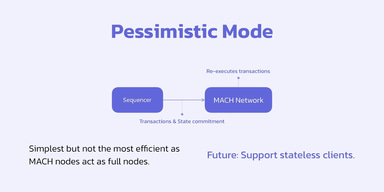
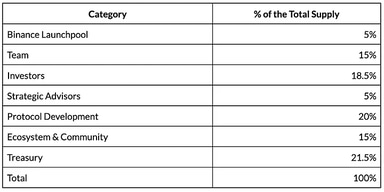

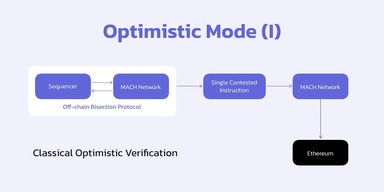
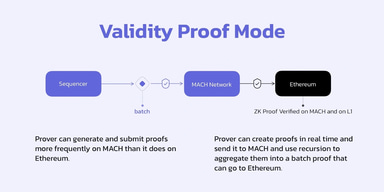

REFERENCES
[1]
[2]
[3]
[4]
[5]
[6]
[7]
[8]
[9]
[10]


